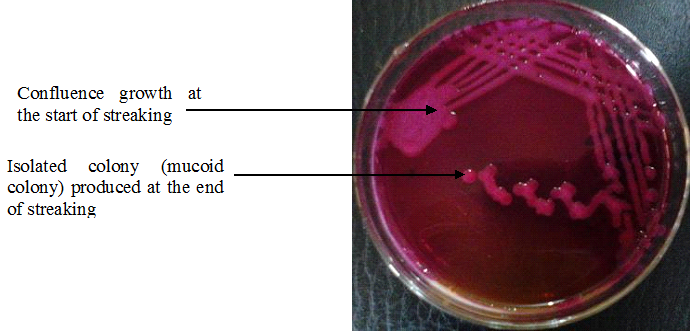Microbial physiology is simply defined as the study of the cell structure, growth factors, metabolic activities, nutritional requirement and the genetic composition of microorganisms. It is generally the study of the metabolic activities of microorganisms at both the cellular and molecular levels. Physiology is defined as the study of life processes in living cells. Microbial physiology also encompasses the study of microbial genome and how microorganisms acquire substrates from their environment and metabolize same for their growth.
The study of microbial physiology helps microbiologists to elucidate the cellular functions of both prokaryotic and eukaryotic cells and how changes in the environment of microorganisms affect their growth or genetic composition. In addition, microbial physiology also looks at the factors that support the growth of microorganisms inclusive of their requirements for oxygen, water activity, temperature requirement, salinity and other nutritional requirements.
Microbial physiology also helps microbiologists to gain basic knowledge about the reproduction patterns and processes of microorganisms; and the study of microbial physiology incorporates the discipline of genetics and biochemistry to make clear the biochemical and molecular basis of microorganisms.
Microbial metabolism refers to all the chemical changes occurring in a microbial cell during its growth and development for optimal and stable maintenance. The study of microbial physiology and metabolism is critical to the study of microbiology because microorganisms are metabolizing entities that carry out different forms of metabolic activity including anabolism (anabolic reaction) and catabolism (catabolic reaction) that ensures proper biosynthesis and breakdown of macromolecules respectively in the cell.
References
Alberts B, Bray D, Lewis J, Raff M, Roberts K and Watson J.D (2002). The molecular Biology of the Cell. Fourth edition. New York, Garland, USA.
Berg JM, Tymoczko JL, Stryer L (2002). Biochemistry (5th ed.). New York, NY: W. H. Freeman.
Brooks G.F., Butel J.S and Morse S.A (2004). Medical Microbiology, 23rd edition. McGraw Hill Publishers. USA.
Campbell, Neil A.; Brad Williamson; Robin J. Heyden (2006). Biology: Exploring Life. Boston, Massachusetts: Pearson Prentice Hall.
Cooper G.M and Hausman R.E (2004). The cell: A Molecular Approach. Third edition. ASM Press.
Dale J (2003). Molecular genetics of bacteria. Jeremy W. Dale and Simon Park (4th eds.). John Wiley & Sons Ltd, West Sussex, UK. Pp.
Karp, Gerald (2009). Cell and Molecular Biology: Concepts and Experiments. John Wiley & Sons.
Lodish H, Berk A, Matsudaira P, Kaiser C.A, Kreiger M, Scott M.P, Zipursky S.L and Darnell J (2004). Molecular Cell Biology. Fifth edition. Scientific American Books, Freeman, New York, USA.
Madigan M.T., Martinko J.M., Dunlap P.V and Clark D.P (2009). Brock Biology of microorganisms. 12th edition. Pearson Benjamin Cummings Publishers. USA. Pp.795-796.
Maton, Anthea (1997). Cells Building Blocks of Life. New Jersey: Prentice Hall.
Discover more from #1 Microbiology Resource Hub
Subscribe to get the latest posts to your email.



